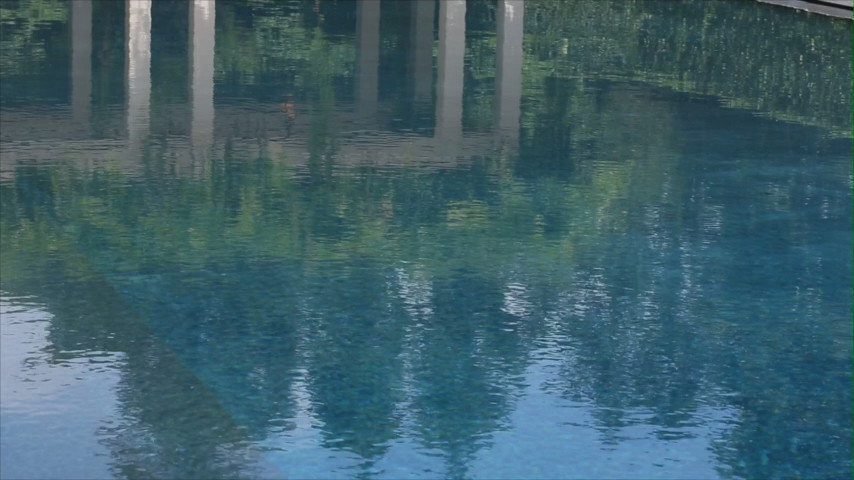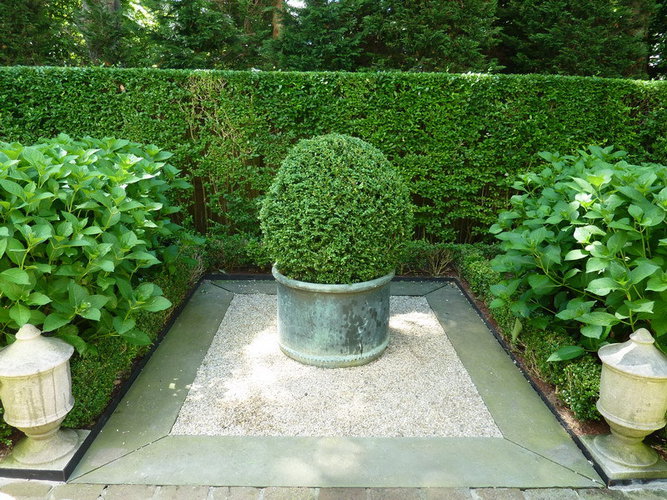
It's the Little Things
Saturday August 7, 2010
Lately I’ve been working on the designs for small gardens—some are pieces of a larger whole, and others are just, well, small. The most important principles that I follow for petite spaces:
- Dividing the area into even smaller “garden rooms” makes the space seem larger. Understandably, clients sometimes have a difficult time buying this concept. But it’s one of the oldest tricks in the book, and it really does work.
- Details are magnified, so each is element must be carefully considered. Of course, this is a recurring theme for me, no matter the size of the garden. Hedge heights, paving details, furnishings—nothing is arbitrary.
This garden on South Main Street in Southampton illustrates the importance and effectiveness of these guidelines. It’s a long, narrow lot—maybe 75’ wide by 150’ long—with an historic house filled nearly to the brim with the owner’s art and antiques. The garden is a charming reflection of the architecture and interiors, if a little fussy for my personal taste.
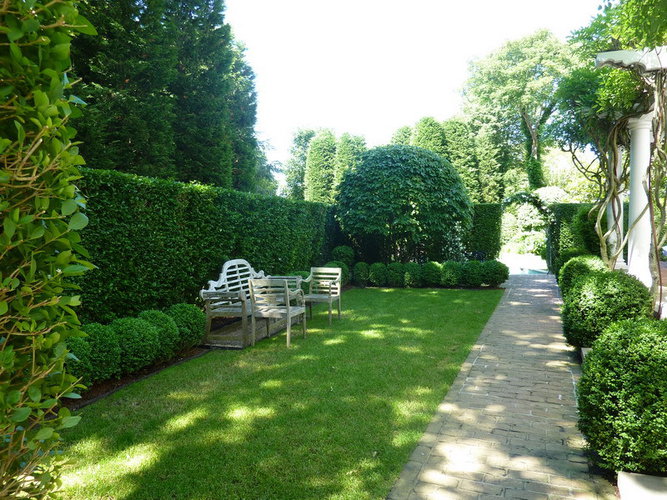
A brick path runs along the side of the house from the entry gate to the garden. The rectangle of lawn relates to the pergola and is enclosed by tall privet hedges, with a lower boxwood border.

The pergola is beautifully detailed, with climbing wisteria and white canvas.
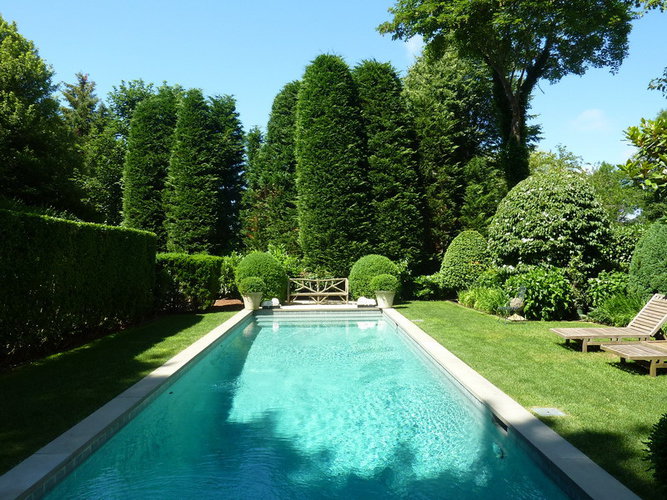
The proportions of the swimming pool (about 15' x 35') are just right for the scale of the garden.
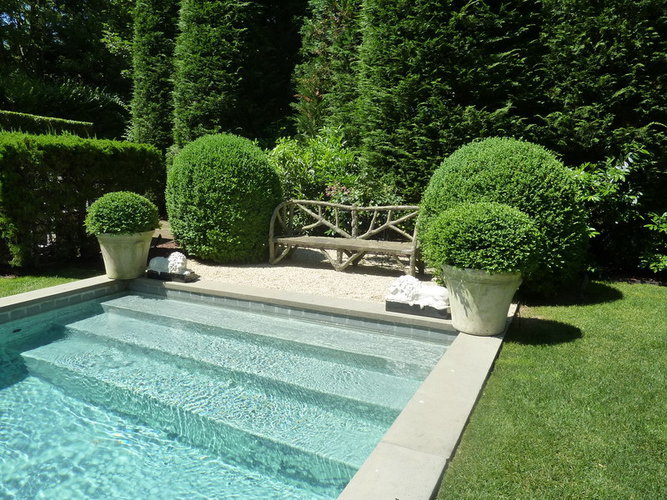
With gravel seating areas, benches and pots at either end, the pool is as decorative as it is functional (for adults, anyway.)
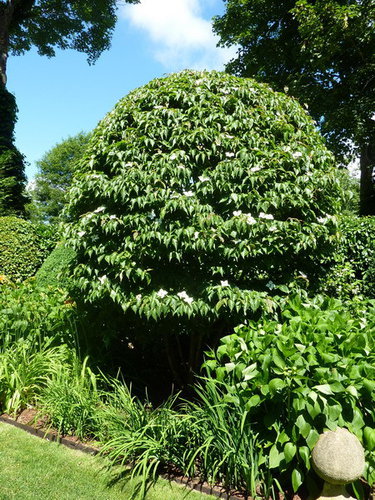
Many of the trees and shrubs are pruned into mounds, keeping the small space tidy.
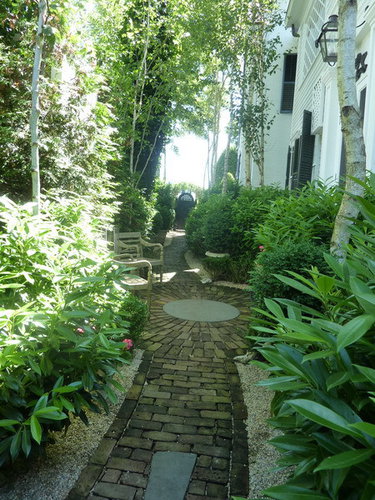
Along the north side of the house, what might otherwise be dark, dreary, forgotten space is treated with as much care as the other garden rooms. An interesting combination of brick, bluestone and gravel form the path, and combinations of chairs and pots are strategically located in relation to the doors and windows of the house.
